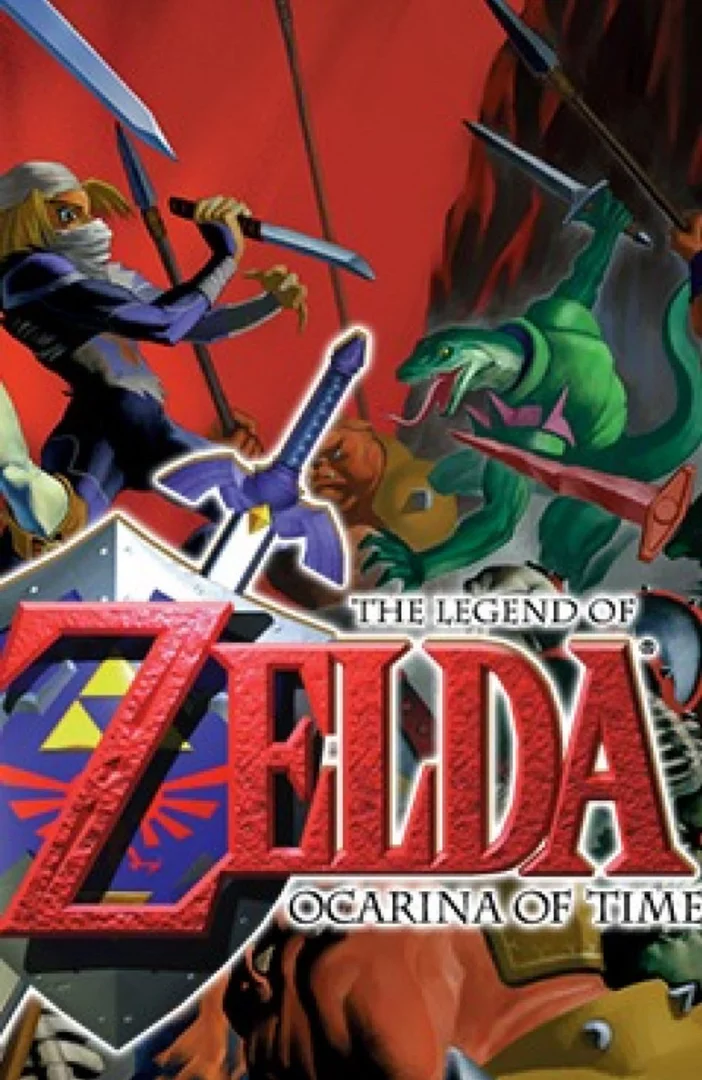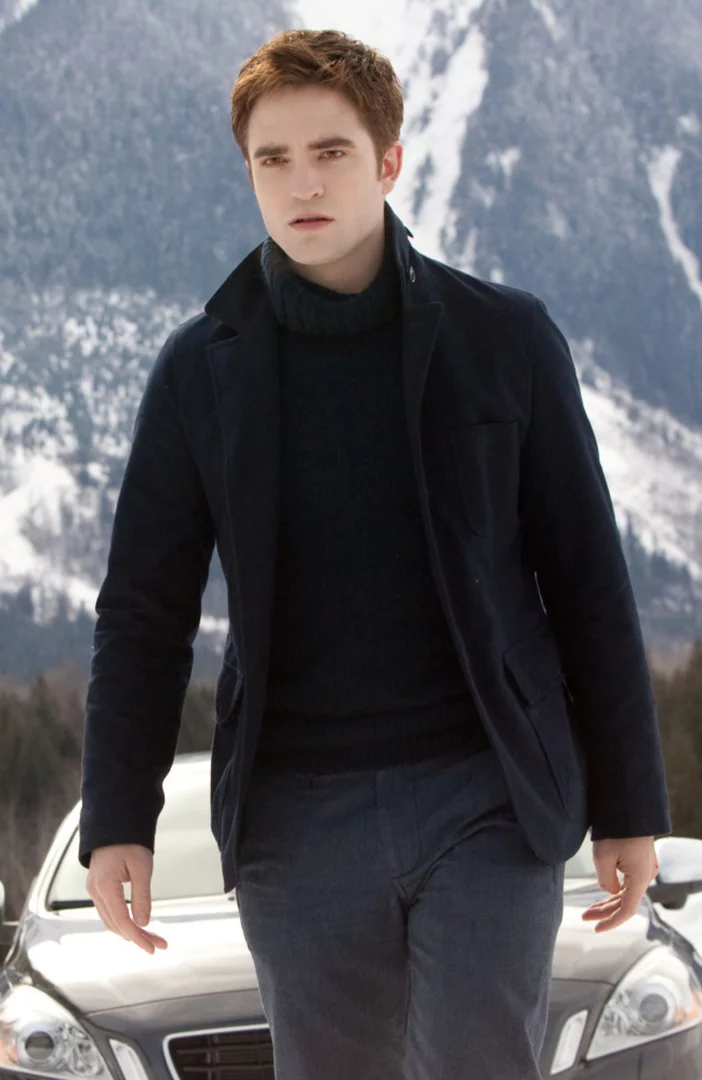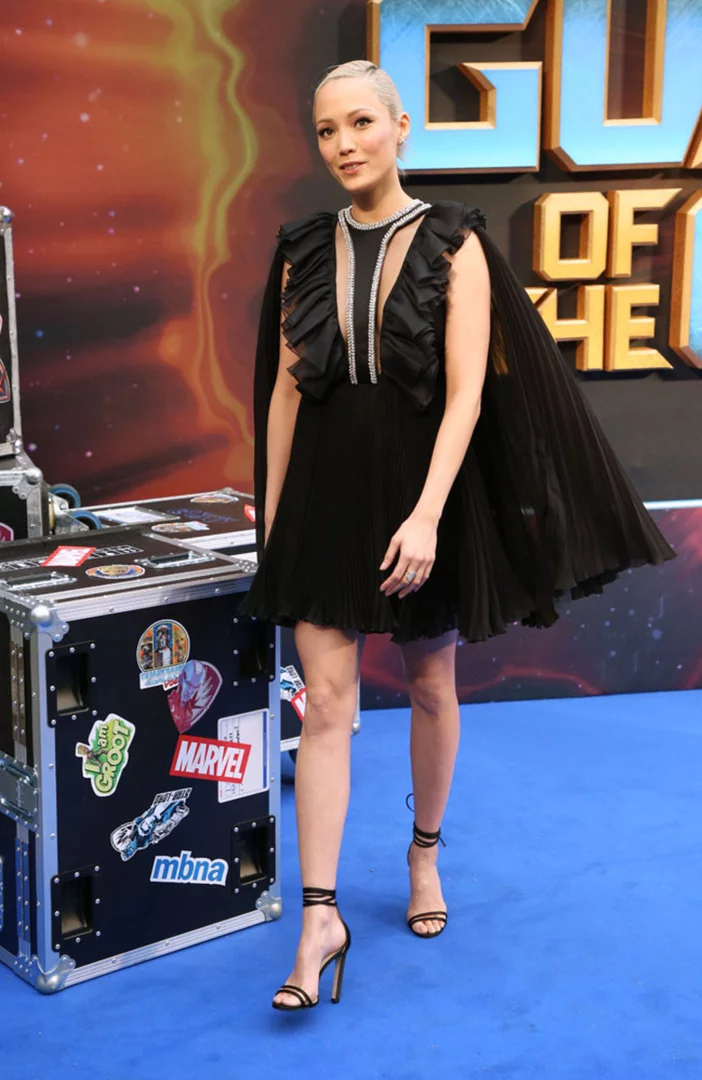The plot of the new Apple movie The Beanie Bubble will sound familiar to anyone who lived through the 1990s. Zach Galifianakis plays H. Ty Warner, the founder of the company that set the toy collector world ablaze three decades ago. He’s also the namesake of the iconic heart-shaped tags that adorn every Beanie Baby. The film follows Ty Inc.’s meteoric rise and fall from grace when the Beanie Bubble burst at the turn of the new millennium.
The idea that collectors thought their pellet-stuffed toys would be worth thousands sounds stranger than fiction, but as the boxes of Beanies Babies moldering in countless attics prove, it was once a reality. Before catching The Beanie Bubble in select theaters on July 21 and Apple TV+ on July 28, read the real story behind the phenomenon.
Magic Beans
After giving up on an acting career and getting fired from a toy salesman job, a 40-something H. Ty Warner founded his own toy company in 1986. Ty Inc. originally sold life-sized plush cats inspired by toys Warner encountered during a stint in Italy. They weren’t Beanie Babies, but they shared a key feature with the plush animals that would later make the company famous: The cats were under-stuffed with PVC pellets. This wasn’t a cost-cutting measure, as some skeptics in the industry assumed; by understuffing his cats with “fluid” plastic pieces, Warner made them posable, and thus more lifelike to kids.
Ty Inc. perfected this concept in 1993, when the original line of Beanie Babies debuted at the World Toy Fair in New York City. This new plush line featured a variety of colorful, beady-eyed animals, like a purple platypus named Patti after Warner’s ex-girlfriend Patricia Roche who ran the company’s UK distribution. Unlike Warner’s cats, these toys were small enough to fit in a pocket, and they were affordable at $5 a piece.
Despite standing out in a crowded market, Beanie Babies weren’t an immediate hit: The same qualities that made them unique made them puzzling to retailers and consumers. Around 1995, Lina Trivedi—a member of Ty Inc.’s small team of employees—came to Warner with a new idea to make Beanie Babies more appealing to customers. By assigning birthdays and poems to each character and printing them inside their hang tags, the company could emphasize their collectible nature. After reading the poem she had written for Stripes the Tiger, Warner gave her the green light to write the tag copy for the rest of the Beanie Babies line.
Seemingly overnight, the Beanie Baby craze then exploded. It was the mid-'90s, and the huggable animals with their own names and personalities were not only popular with kids, but their parents, too. Despite their low retail value, adult collectors saw the toys as an opportunity to get rich. Some clever (and slightly diabolical) business moves from Ty Inc. contributed to this trend, and they would push it to the brink by the end of the decade.
An Unsound Investment
The hunger for particular Beanie Babies—not just Beanie Babies in general—soon became clear to Warner and his team. In 1995, the company was forced to discontinue a lamb named Lovie because of problems with their suppliers. The plush was a fan favorite, and rather than promising its return, Ty Inc. announced it had been retired. This encouraged Warner to retire more Beanie Babies—not because of manufacturing issues, but because he knew creating scarcity was the fastest way to drive demand.
The possibility that a Beanie Baby could be retired abruptly pressured stores to make orders. At the same time, Ty Inc. limited retailers to stocking just a few dozen of any specific plush. This made the toys’ rarity feel real to consumers as well as retailers. The chance to claim one of the last retired Beanie Babies in circulation incited buying frenzies nationwide. Adult collectors were often the victors, while kids were left empty-handed—or worse.
“During several Beanie Baby quests, my son was trampled by a herd of women racing to the shelves to capture an endangered animal—the last Ziggy the Zebra, perhaps,” Cynthia G. La Ferle wrote in The Christian Science Monitor in 1998. A report published in The Hartford Courant the previous year recounted a 6-year-old-girl coming out of a toy swap with a bloody leg after crashing into an over-eager collector.
Beanie fanatics weren’t just looking for memorabilia to display on their shelves. Many purchased the toys with the intention of reselling them for hundreds of times their retail price. eBay went live right before the height of Beanie Mania, and many collectors used the online auction platform to turn a profit. In 1997, eBay accounted for half a billion dollars in Beanie Baby sales, or 6 percent of its business. The following year, Beanie Babies made up 10 percent of all eBay sales. The fervor around the stuffed animals added up to major profits for Warner and his company: The founder and CEO’s pre-tax income for 1998 was roughly $700 million, which exceeded Mattel’s and Hasbro’s revenue for the year combined.
Some people hoping to get rich off their Beanie Baby collections were acting on the advice of self-proclaimed experts—in fact, the publication of price guides listing the supposed values of rare Beanie Babies became a business unto itself. In some cases, collectors did come out of the Beanie craze with more money than they invested; it wasn’t unheard of for rare plushes to net four figures on the secondary market. But overwhelmingly, these “investors” were swapping toys amongst themselves, with buyers planning to turn around with their spoils and sell them for an even higher price. The resale price of Beanie Babies didn’t reflect their value in the real world, which made their dramatic crash inevitable.
From Auctions to Garage Sales
By the end of the ‘90s, Beanie Baby fever had begun to cool down. Up until then, Ty Inc. had released new stuffed animals in small batches in order to maintain a sense of collectibility. The company released 24 new Beanies at once in 1999, which was too many for some collectors to keep up with. Sales were starting to dip.
In a desperate bid to manufacture demand, Ty Inc. announced plans to retire the Beanie line in its entirety that same year—then quickly backtracked on the news by leaving the fate of the toys up to an online poll, which clearly landed in favor of keeping the line going. But the stunt wasn’t enough to keep the hype alive. Sales in the early 2000s were down 90 percent from the craze’s peak in the ‘90s.
Ty Inc. continues to produce Beanie Babies, but today’s toys don’t attract the same fanaticism from collectors. When the toys do pop up on eBay for hundred or thousands of dollars, they’re almost always retired products from the company’s early years. Though these listings suggest there is still a market for rare Beanie Babies, it mostly consists of people trying to make money off the toys that have been sitting in their garage for decades. You’re less likely to find people getting into Beanie Babies for the first time with dreams of getting rich.
Compared to his overly optimistic customers, Ty Warner wasn’t hurt too badly when the Beanie Bubble burst. His company had seen enough success to make him one of the richest people alive—though the manner in which he acquired his fortune wasn’t entirely above board. In 2014, Warner was convicted of concealing more than $100 million in income in an offshore bank account. For his tax fraud he received two years of probation and a fine of $53 million, which amounted to 2 percent of his total net worth at the time. For Warner at least, the promise of the pot of gold at the end of the Beanie Baby rainbow turned out to be true.
This article was originally published on www.mentalfloss.com as ‘The Beanie Bubble’: How Ty Warner Tricked the World Into Buying Into the Beanie Baby Craze.









